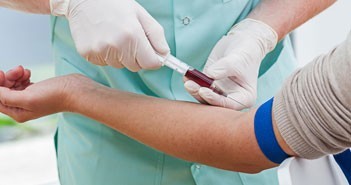New approach could enable quantitative measurement of MRI contrast agent concentrations

Scientists from Helmholtz Zentrum München (Germany) and the Technische Universität München (Germany) have developed an approach that makes it possible to specifically measure contrast agent concentrations in MRI imaging. MRI imaging offers a high-resolution image used for diagnostics; often this procedure uses contrast agents that are able to clarify certain pathological processes and tissue structures. However, the image signal generated by the MRI does not correlate with the actual quantitative concentration of contrast agent in the tissue.
The team behind the new approach, led by Axel Walch and Micaela Aichler from the Helmholtz Zentrum München, investigated ways to measure concentrations of contrast agents. They used MALDI-MS imaging to acquire quantitative data on the gadolinium-based contrast agents in the tissue. They were also able to produce a correlation corresponding with the MRI image.
MALDI-MS imaging is already in use at the Helmholtz Zentrum München and in industry, for research into active substances. This work lead by Walch and Aichler has established MRI contrast agents as a new class of molecules for this method. “By precisely and quantitatively registering the histological distribution of contrast agents, we can make a crucial contribution to the further development and improvement of these substances,” Walch explained.
The team worked alongside researchers lead by Moritz Wildgruber from the Technische Universität München’s Klinikum rechts der Isar (Germany) to test their approach. They were able to determine the contrast agent’s tissue-related kinetics in a myocardial infarction model. The resultant data show how the contrast agent acts in damaged and healthy heart tissue.
Source: Combination of imaging methods improves diagnostics.
